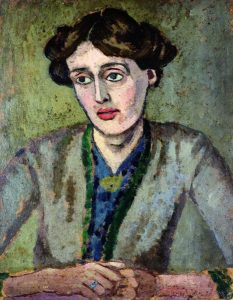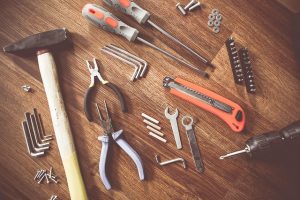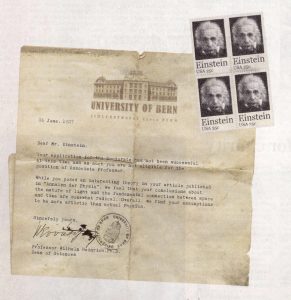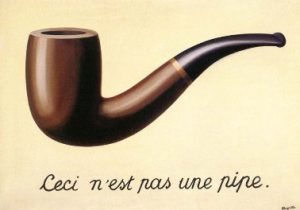To own a domain can be a basic starting point to have a voice of one’s own. Such a space can afford reflection, showcase and dialogue. How can we connect without it? How can we actually exist?
Students that own a domain can play with tools, build portfolios and personal blogs that they control. This allows real digital literacy practices. As teachers, we should think about how to integrate this in our educational praxis.
University Mary Washington started “A Domain of one’s own” initiative (DoOO) which consists in giving each student an Internet domain (plus subdomains) and server space during their studies. And as owners, they can keep it at a very reasonable price after their studies have finished.
The name DoOO is directly inspired from Virgina Woolf’s “A Room of One’s Own” (1929). In this essay the author elicits the conditions that women need to write literature: privacy, time and monetary independence: ‘A woman must have money and a room of her own if she is to write fiction’. This is what was needed to have a voice, a true challenge for women in the first half of the 20th Century.

But going back to the DoOO initiative, why is it important to have a domain of one’s own? What bring to education? According to Audrey Watters (@audreywatters) it is a radical change. From not having voice nor control of what we do in the Net, to have an identity of one’s own.
Someone said that in Web 2.0, if you don’t pay for a product you become the product. Internet offers us a vast pool of free apps and environments: Facebook, Twitter, Instagram, Google and its apps, etcetera. When we use them, they are using us back through the analysis of our likes and tastes, our reading behaviour, our connections and web searches. Afterwards, we get ads tailored according to our browsing blueprint. It is not the end though. But, truth be told, our data and digital identity is shared with these big companies.
Tim Berners-Lee’s idea of what the web should be -an open net where people can freely share and collaborate- is and has been a business of these companies that guide our activity. The services they offer are nice, but the loss of our autonomy and identity is the price we pay. Data we upload is no longer OUR data.
DoOO is inspired from Berners-Lee’s idea of the Internet. The student has a name and a place to experience, test and express ideas and thoughts. He/she can install a wordpress blog, a wiki (MediaWiki), a Content Management System (Joomla, Drupal), an LMS (Chamilo, Moodle), upload pictures, create a forum, set up a folder structure to build a cloud space of one’s own, start a digital portfolio and so on. Possibilities are limitless. It is the cloud of one’s own and self-governed and self-determined.
To rule this individual space, one can use the available documents that serve as a guide to the user in order to make the most of its possibilities. There is a dashboard -cPanel- to control everything. In order to master it, many skills have to be used and new knowledge is acquired. What is FTP? A hosting? A server? For instance, if you want to customize your blog, you can gain new knowledge about HTML or CSS styles, depending on each one’s needs (some will dig in more than others). But surely, it is more than being solely a consumer of supposedly free tools (social media).
All of it applies to both students and faculty. Without a room of one’s own (even if it is just rented), how can we have a voice and independence? Such a space can afford reflection, showcase and dialogue. Without it, how can we connect? How can we actually exist?
I think that such an initiative could succeed in our public university (in Spain, or in Europe an in the world). Why can’t we invest in domains and servers to give our students and faculty? I’d rather do that than paying Microsoft Windows and Office 365 licenses, as some are doing now.
Owning a domain of one’s own, students can play with tools, build portfolios and personal blogs that only they can control. This allows real digital literacy practices. Faculty should start thinking about how to integrate this in the educational praxis and how subject programs can benefit from it. This would mean a more active and social participation of our students.

This critical view of reclaiming our voice is behind this blog which is registered and hosted at Reclaim Hosting, a DoOO spin-off managed by Jim Groom (@jimgroom), the one that coined the edupunk term/concept/movement. I personally recommend it because, since I started experimenting with its affordances and tools, I could cultivate a bit my wordpress skills. I installed a wordpress.org site in my server given space, I added widgets and extensions, I customised it, and I am already acquiring some SEO basics, among other things.
Apart from this instrumental/technical literacy, I am building my own voice, my own room in Woolf’s words, and a dialogue that I can have with myself and with the rest of the world. It is really worth it!
Background music: Ella Fitzgerald “It don’t mean a thing” (1974)

